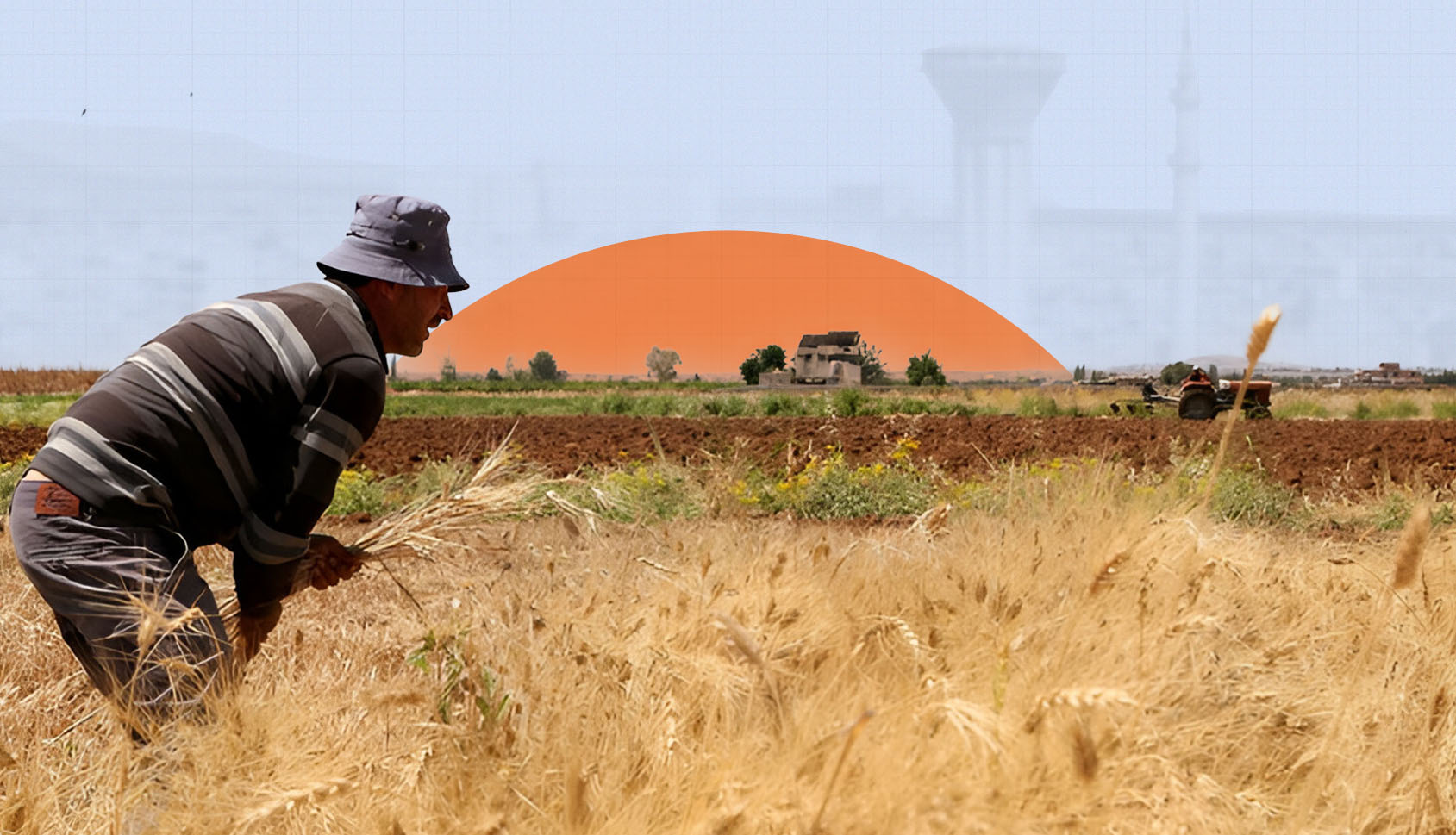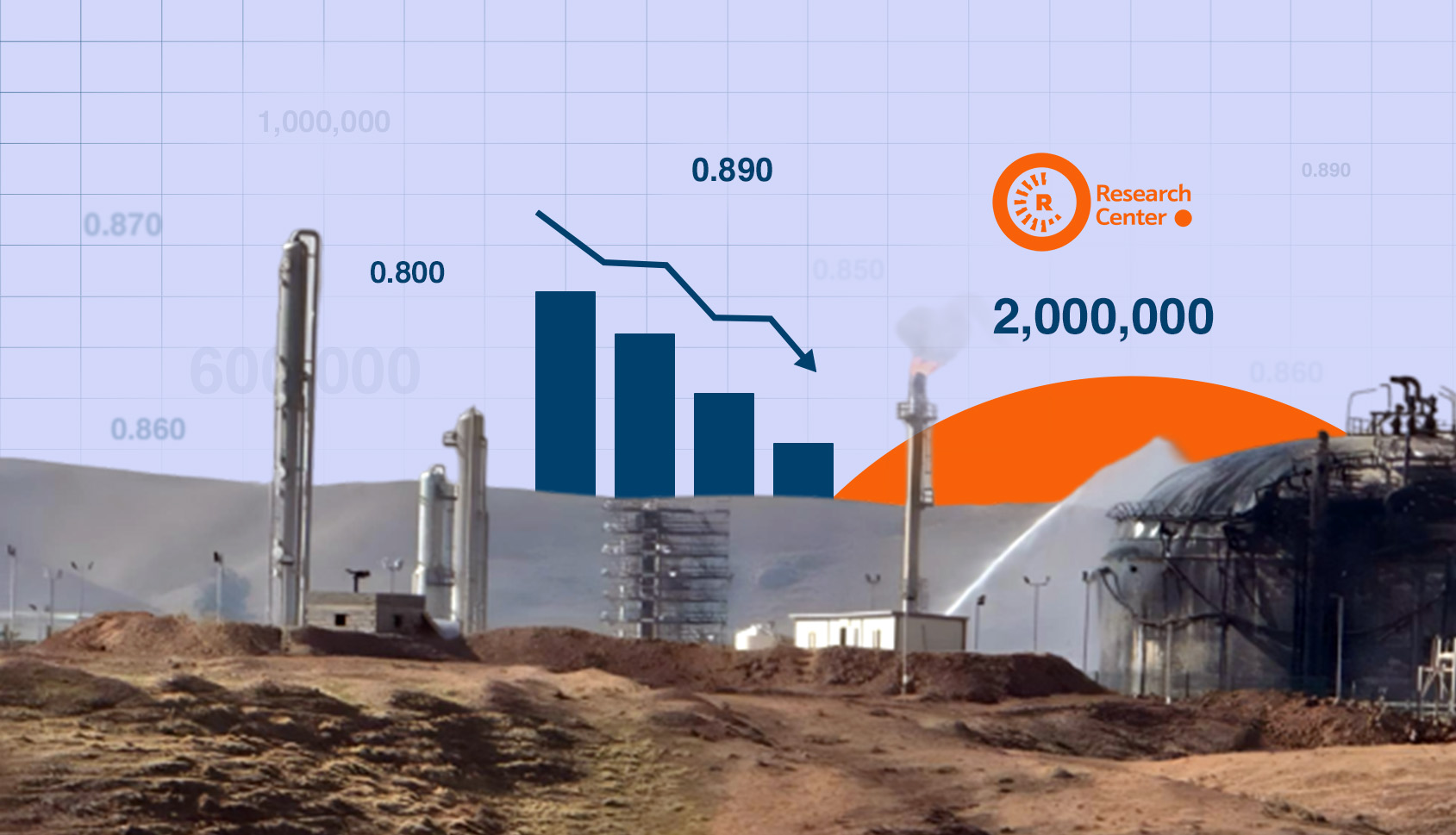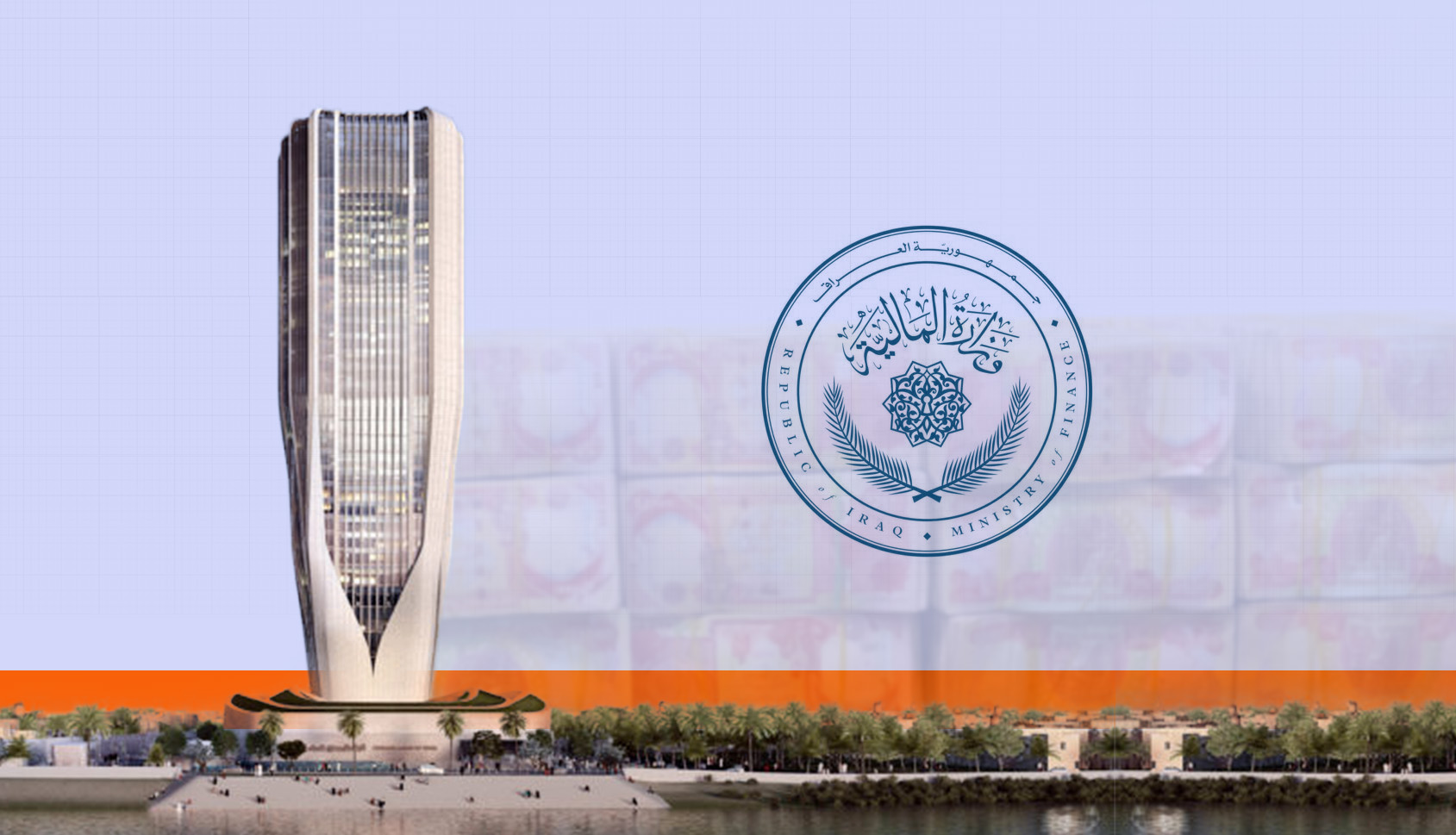For more than a decade, Syria’s Kurdish regions have faced a series of profound shifts that have reshaped their economic, political, and social foundations. Although the Ba'ath Party’s longstanding policies of marginalization and impoverishment had already left deep structural challenges, the changes that followed the 2011 uprising and the transformation of local governance introduced a new trajectory. These dynamics intensified further at the end of 2024 with the fall of the Syrian regime. Yet instead of ushering in a period of stability and economic recovery, the region entered a new wave of economic collapse and declining living standards. This has placed Kurdish families before a serious test of survival, forcing them to adapt to a volatile environment marked by uncertainty and multiple possible outcomes.
In the absence of a clear economic policy, amid rising levels of unemployment and poverty, and against the backdrop of the collapsing Syrian lira, families have been compelled to adopt new strategies of adaptation. Some have altered their employment patterns or relied more heavily on extended family support networks; others have emigrated or redistributed household roles to cope with the crisis. These changes extend beyond livelihoods alone—they will inevitably shape the social and political landscape, influence the standing of Kurdish political parties, and affect their ability to maintain public support in the period ahead.
First: Social and economic changes since late 2024
From late 2024 onward, the domestic economy experienced a major upheaval. Real wages declined while prices continued to rise, and with shortages of basic commodities and the absence of central government support, purchasing power collapsed. The Syrian lira (SYP) fluctuated sharply against the US dollar. Drought and reduced wheat production further worsened the situation, preventing families from relying on agriculture as they once did. Thousands of households that depended on farming lost their primary source of income, and many were forced to subdivide and sell their agricultural land, leading to an overall contraction of arable land.
This deterioration increased families’ dependence on humanitarian aid and remittances from abroad. Tens of thousands of young people—after temporarily settling in the Kurdistan Region or Turkey—immigrated onward to Europe in hopes of earning enough to support their families back home. Yet remittances are also unstable, and they have deepened social inequalities between families who have someone abroad and those who do not, or whose relatives are unable to send money regularly.
Compounding this situation, President Trump’s decision to suspend funding for humanitarian operations and international organizations in northeastern Syria severely affected tens of thousands of permanent and daily workers, activity coordinators, and local NGOs—many of whom relied on this funding to sustain their activities, implement projects, and pay employee salaries.
Second: Sources of income and emerging forms of work
After 2024, families pursued various strategies to secure income, but most were fragile and short-term, including the following:
- Unsustainable work:
This includes daily laborers and workers in temporary jobs, small shops, and construction, often without contracts or any form of job security. - Remittances from abroad:
Remittances have become a lifeline for many households, but they are unevenly distributed and lack continuity, leaving many struggling families without reliable support. - Agricultural work:
The agricultural sector suffers from weak infrastructure, basic irrigation systems, and high production costs. At the same time, agricultural products generate low returns. This has pushed many people to gradually withdraw from farming altogether. - Women’s home-based work:
To help meet household needs, many women have turned to small home-based businesses such as preparing traditional foods, making jams and pickles, online selling, handicrafts, or small-scale delivery services.
Overall, the economic shift can best be described as a transition from a relatively structured economy to one focused on basic survival.
Third: Family and social support as a safety net
With the retreat of formal institutions, Kurdish families increasingly relied on traditional forms of social support. Families with property or steady financial resources—whether through commerce or employment in formal institutions—often became the primary economic and social anchors for their extended relatives. Others adopted different coping mechanisms, such as having married sons and their families live together in one household to reduce expenses and share food and living space.
Local organizations and small charitable committees have also attempted to provide assistance, but their efforts remain geographically limited and unable to address broader needs. These social networks have become essential in preventing a complete social collapse. However, they also highlight the extent to which civil society has been forced to compensate for the absence of effective public policy.
Fourth: Changes within families and the roles of youth and women
Young men increasingly found themselves facing only two difficult options: remain unemployed or migrate and take significant risks. The migration of a large number of men created a substantial gap in local communities and placed greater responsibility on women and the elderly to manage household affairs. As a result, the role of women—and the nature of their work—has changed noticeably over the past year. The economic crisis pushed many women into the labor market to help support their families, whether through small businesses or home-based work. While this has provided some women with a new degree of economic independence, their participation remains constrained by prevailing social norms.
Fifth: Migration as a strategy for adaptation
Worsening economic and living conditions, ongoing political conflicts, and fears of a new war have made migration the first choice for many families. Some moved to major Syrian cities, while others headed toward the Kurdistan Region, Turkey, or Europe. This continuous outmigration has made the domestic economy increasingly dependent on remittances from abroad, while at the same time weakening the productive workforce and diminishing local social capital. As a result, the capacity of communities to engage in collective action has gradually eroded, and people have become more focused on protecting their own interests and the well-being of their immediate families.
Sixth: How migration and economic pressures are reshaping Kurdish parties
Kurdish parties now confront a landscape very different from previous years. Their traditional social bases have become unstable, and political loyalty has been directly shaped by deteriorating living conditions. Families struggling to meet basic needs are no longer influenced by ideological discourse; instead, they support those who can offer practical and tangible economic solutions.
Rising poverty and widespread migration threaten political participation and weaken parties’ ability to mobilize supporters in future elections. Furthermore, this emerging social stratification may reshape the electoral map within Kurdish society, favoring actors capable of providing direct assistance and services.
Seventh and final point
The experience of Kurdish families in Syria offers a clear example of how communities develop survival mechanisms in the midst of economic and institutional collapse. At the same time, it exposes the fragility of these coping methods when they are not supported by systematic policies or long-term strategies. Reliance on family networks and migration cannot serve as sustainable substitutes for economic development or administrative reform.
The future of the Kurdish regions will depend on their ability to transform these temporary coping mechanisms into sustainable development pathways—ones that rebuild trust between society and political actors, and that ensure broader participation of women and youth in shaping the future.
The most important measures to improve living conditions include:
- Launching economic support programs for agricultural areas:
Providing seeds, fertilizers, and microloans to strengthen rural livelihoods. - Encouraging women’s small enterprises:
Through grants, micro-financing, and training in business and project management. - Establishing a local social protection network:
Built through cooperation between local councils and civil society organizations. - Improving youth employment conditions:
By offering vocational training programs and linking youth with real job opportunities. - Adopting new party strategies:
Prioritizing people’s daily economic needs and linking political participation with practical economic programs. - Promoting continuous field research:
To monitor social changes and improve the economic situation of residents across all areas.






